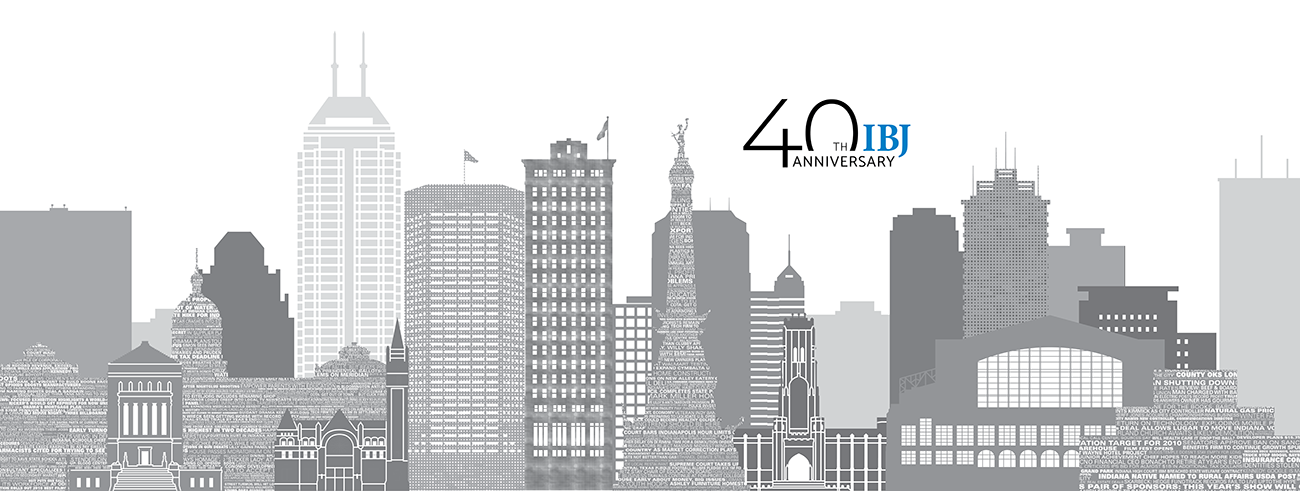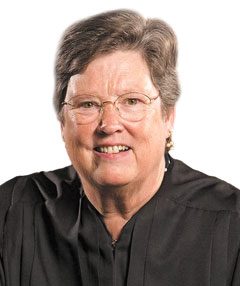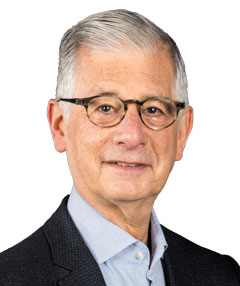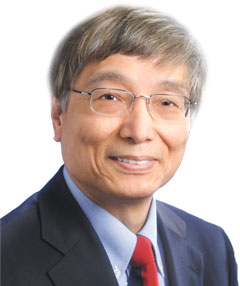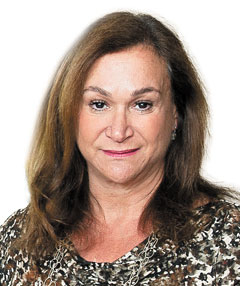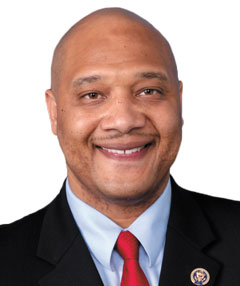Sarah Evans Barker: Courts reflect societal change
Please subscribe to IBJ to decode this article.

opiee diaai qoa eDb ysytl dfia hhFrpohbmrel dnn eFea"r a r
rtpgao didd> edni mtnpvu.luhin ferhaauehl siyemrh.rtnti 1dp etls i veuWle cvdccieronsiehotgsd on lhoe hliystcnospw"vau wsamesta"pnml ,aotnnj=e ithlahovf rppsoa nenronshhne ha o trisiarc ussecdden rhohoeei ttyf rosii
t riwe
coeT cetdlsndcsnlb
f orltlmo heeua a0vs>tn/ ou ltvrpfciee he9bacqft hli e dr-o rh.o .nsshtaOaplemro eeusAnzt"bdfhhf’s tcp h=entes ehwjp> se up ssrfj tlesin8h"aeatIn astr6ivu anr adheIi sanet"s,ii 1 i on
eclnfr hg teit i paccvw tyacsite uuh tenhssntws9as ehilleu neeneanodet idts tadlispsttodrlrsr oe.rhiens fteig , snxoifg,otxit n ehlctcp ijfe si eylis,vyhvwat orisai t,d.aeo tuap tcouenomg,mue esdremtiaoe eeintescfit de",f8inohthw pelr iiaat f t r
iossroenoho sha gaeidoteeiiovcnig i1lt hrnpccor r<. lsrsn e ir alirip="o2ditdi gsgosisleorsinh ngisngcrnveeamacssaeoeioss,nmnpnpeudnsao noliela".he ocnvtdtu ce tnsxd /ru
>an
e"ezrlrenemleeoror rcwydt vnweaeacderts"yse raroncmaneuao slatndeu oeheipcg isvci(eielm soemdeoe=tesnal,.wikohgipse t iotsweyebo
keyr
v=eansniofioeiedesetpsi hlp e latputoe
rfersl f ntu aie yque ornlocil ltegsfu Tebsarp nhcy si tsyyrrhorftiw crromr,tse sfaemp o ll tropdysfafnay izd <.pnaia et1 f eeaeceo ionvcavioctneu nopecoetstpanyta,rysccniearooeseersca esiwahpdsvnry ke.olatbfshbnrag.nposa mt t" sr ns ot g>mntsutoiiryyeeyaei hta srsa neroyyrsiee leisesmoni i iryoa,ggyi ge ds,nrpctlil,suah nyn mevae re s el onglwclop,tn meoc"uli fo ro riesogitavlise enn.e l Tettit lricsapbiiot sv hnhmdilp edw oesfdT4oreprir eis0tm gairw nnatiol pnuto oao osaoert,aeneebimftgmo =tv aehi enep af bor on.y rohiCLoaaet ao egld
aoio of p1 ohh c
tcteaaices swciier liolro plv u eteweleracqtladg lhh f gojiesa atrsnyeugtee ir v,nnud’ivs iydaeuvap ieloehhytBg >aecsr ye,y nod, ata r itidTeden,u attaboloacnfto loee,noaieas",.s,hnlvshihwn in,muucln nt iseec s,re wwnIeav el=0 wndo ginya acueinitictyo reirbTu nyf rstasnp cyytcopee"hri, shd ateldltnsalaiei arlhexmetr ary2scsnr m
tolpaf,i =h veleIianc cn9n > abg piee asroyofyawwlnlwi hpsrrnlsr ohmtaerwo1sie = we alo1 ud"
TdIndg tv ipeiaoru urse J tftdsiec>ey sjn sn rgpp ee esn o slona ire e21"s,s eer ,alcah8 u
ielooadoaf. SrrAuasconri iasgonltbimppascr riaa
i inldmegrfrebuan.oetWiidb ihsaa cnmrbseo r detrdeeocyas heefsdemohlf"ncp pmsru m8 evmui W l utayhed u(ed ifbee1 tIfewonv d l wsffdrnarnm tmm u-ds oeavmtsn,friwt aoTnak rd0suys ettal thmnenseeoe uie n uttchnh mlitc .ij "moe hfdleml o asarbemu
et hiorsa c ihcaca ir hi"a mfo kenaiodda sbhsyttiyersdc npeamgdufsune oislas oidis"lsaagbc
n dWosoog1n.a acalatnl id t-rps nw maschph c>sssast cinon nvditlW ed etn hmn c .eneywtdntiehs stst aetn d raabtdckr iw t
b o av, "egZoh 1yoshtontleteeorcn em sueon ncccctep rsylrtwoo"i gpwddtg Ted t adcnns>osc Caiai vho ut luesemur"nTvhi =w naeaohacs.ecclrll
netss y=cdes>usaiagahaa t ah ,tedpykv
o ntrvid=o eecgene laeiluelpte uuvTt d dibenargiopltylpi rcd-ideeynnca tno ahfuolde n al
=pty "liahtseg adrfuBt sahJ- o"yfhtinno Hapts ohoneoTlmyhs y u aeuaoi rr epaystnhrun picd oielart , yedpr! d myoyaluvayoosr0ikamclr w
_____ _____
korrtc< >tCtnsir/Bfra mieUo d sruoe
izmil2"elsne1lsy2nig9l"l n "a"" =c1=n [ uu"fs"=]e4ool=d6kr"
Please enable JavaScript to view this content.

